25 reasons we love the Sega Genesis, 25 years later
WELCOME TO THE NEXT LEVEL
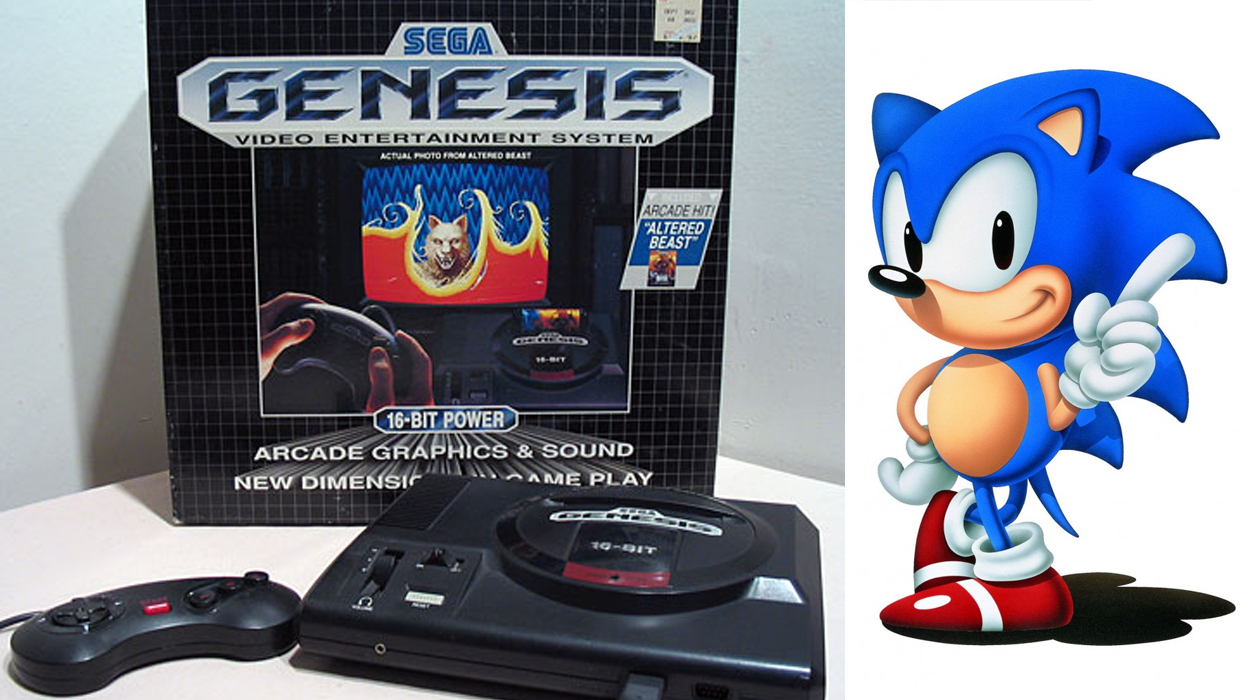
The best Genesis games of all time
The last 25 years of Genesis/Mega Drive love has been fueled by the tiny details just as much as the huge exclusives. Between the hardware, accessories, advertisements, and, yes, some games, here are 25 unique things that make the case for Sega's most popular system being one of the greatest consoles ever.
That beautiful, robotic "Saaaay-guuuuuh" sound that started the Sonic games
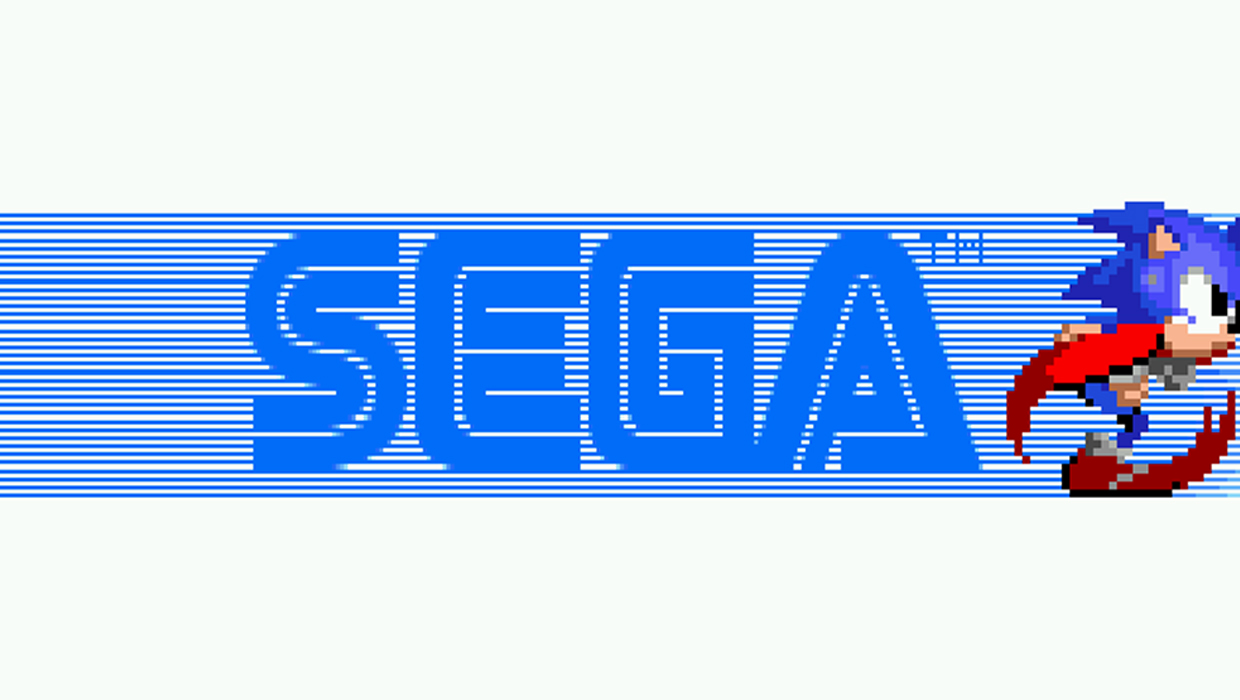
You could tell a great game awaited if your Genesis game booted up with a bit of fanfare. The primary example is the catchy jingle that accompanied the first two Sonic the Hedgehog games. Forget the grandiose intros that play when you boot up the likes of a PlayStation or GameCube; it took these Genesis games less than five seconds to alert you to the unforgettable experience that was about to follow. You almost wish that the tune was the system's start-up music all the time but then it would have nullified the next entry.
Fun with the Sega logo
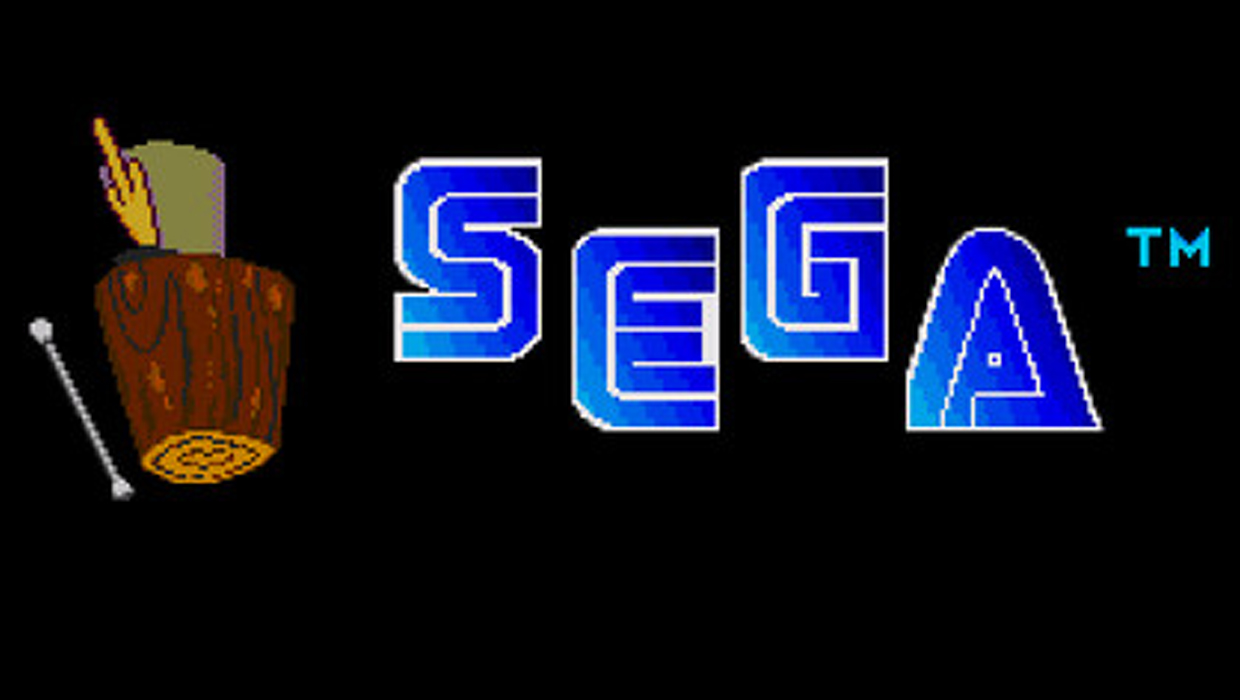
While many games began with the Sega logo, it was always a treat when a developer had a little fun with the iconic text. Who could forget Earthworm Jim flexing by the text, Jurassic Park's T-Rexes roaring by the logo, Log leading the parade of letters before Ren & Stimpy started, and The Tasmanian Devil eating the S? Heck, it even made Cool Spot memorable, and he's just a one-note soft-drink pitchman. Not only is it a novel way to make a game endearing before you even press a button, but it shows that Sega wasn't above having a laugh at its own expense.
Cooler commercials
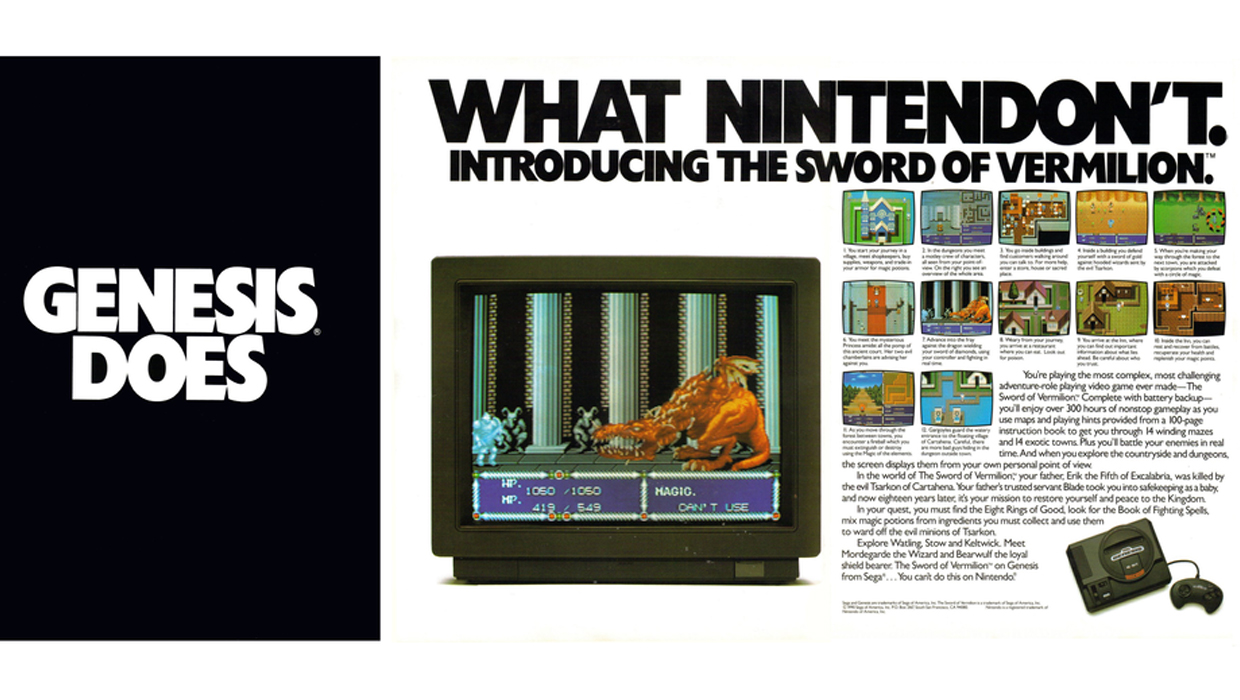
How popular was the Genesis in the '90s? Sega's name had two entirely different utterances in advertisements, each effective in their own way. When it came to classier, kid-friendly stuff, the aforementioned sing-songy "Saaaay-guuuuuh" would suffice. However, when the product was more extreme, you got the shouted, manic SEGA! There were other memorable commercial tags beyond those, like the eerily whispered Welcome to the Next Level and the early Genesis does what Nintendon't. Meanwhile, Nintendo wavered between goofy kids stuff and awkwardly trying to be edgy with a censored Butthole Surfers song.
Being hyped by the concept of Blast Processing
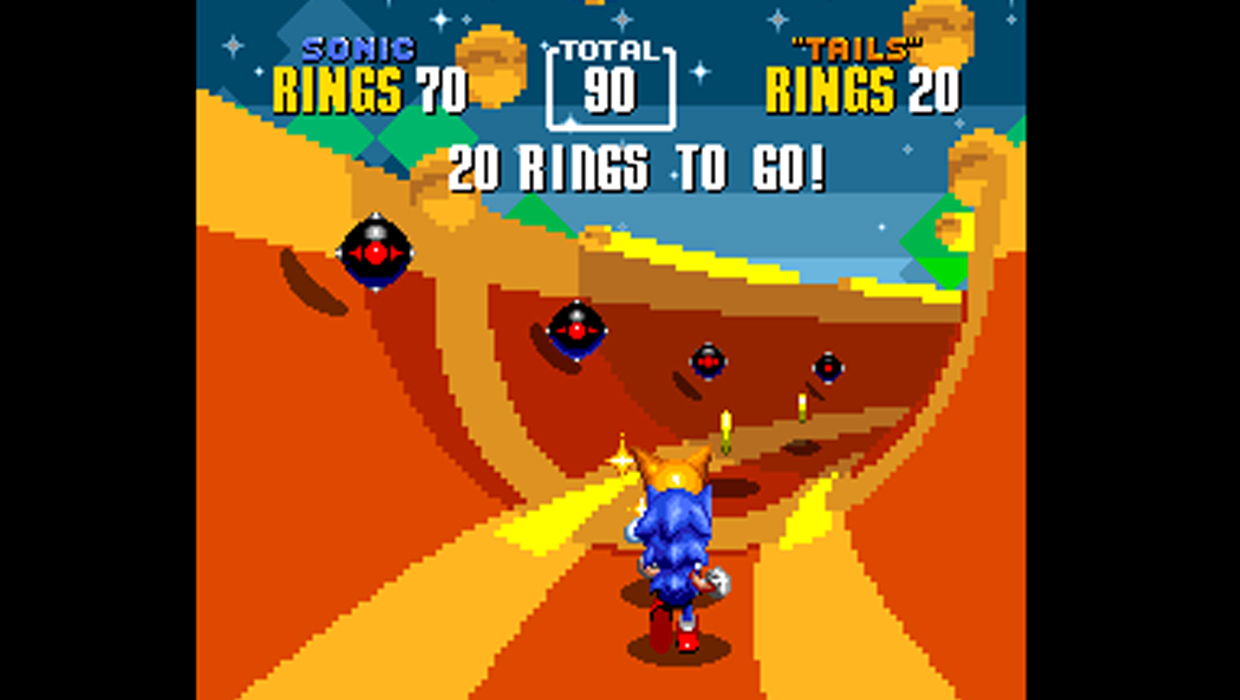
Speaking of memorable commercials, who could forget Sega hyping Blast Processing at every opportunity? One ad putting Sonic the Hedgehog 2 on the back of an F1 racer and Mario Kart behind a jalopy didn't really explain the programming trick, but damned if it didn't make millions of kids believe Genesis games are way faster than Super Nintendo's. True, one of the greatest games of all time doesn't need a nonsensical buzzword to sell, but that commercial and the idea of Blast Processing are so effective that I'm scratching my arms for a Sonic fix.
Using the six button controller on the best fighting games around
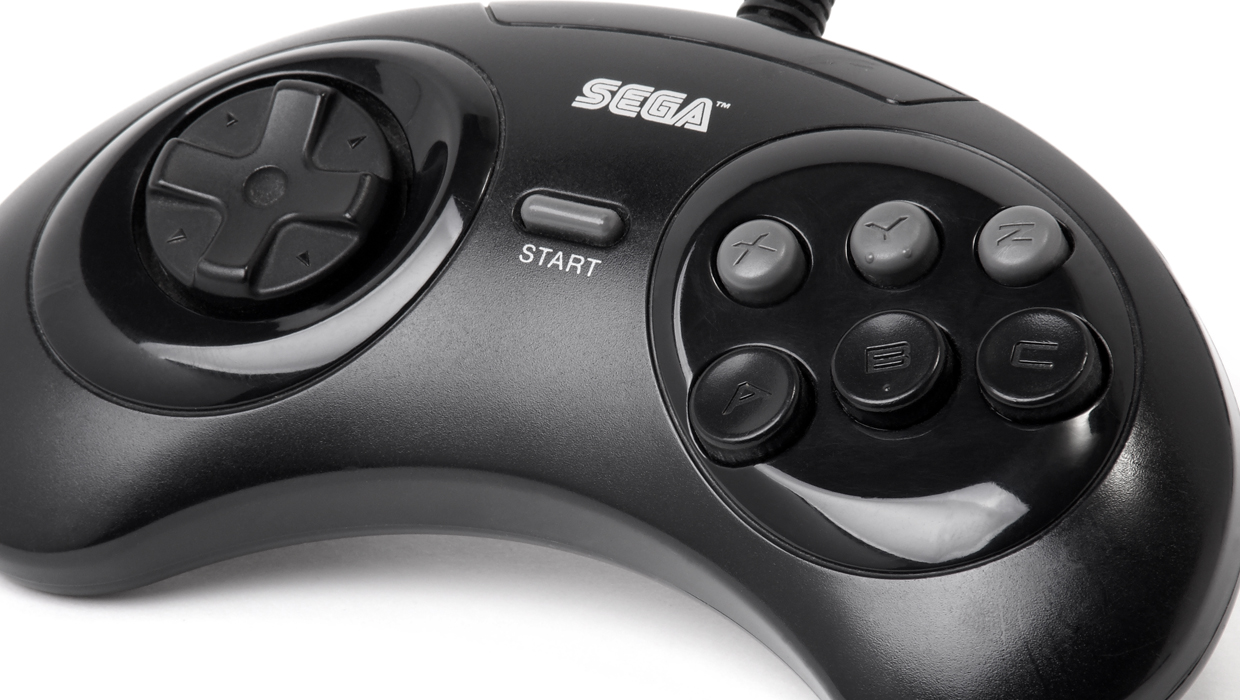
Short of having an arcade stick, (and how many '90s kids had the money for a controller that cost more than a game?) there was no better controller for fighting games than the six-button gamepad introduced during the second half of the Genesis' lifespan. While three buttons worked fine for the lions share of Sega games, getting the most out of memorable arcade ports like Street Fighter II: Special Champion Edition or Mortal Kombat III demanded at least twice the buttons. Sure, SNES had some fun fighters all its own, but having to tap shoulder buttons to perform a fierce or roundhouse is just awkward.
Sign up to the GamesRadar+ Newsletter
Weekly digests, tales from the communities you love, and more
Making fun of your SNES-owning friends when they bought Mortal Kombat
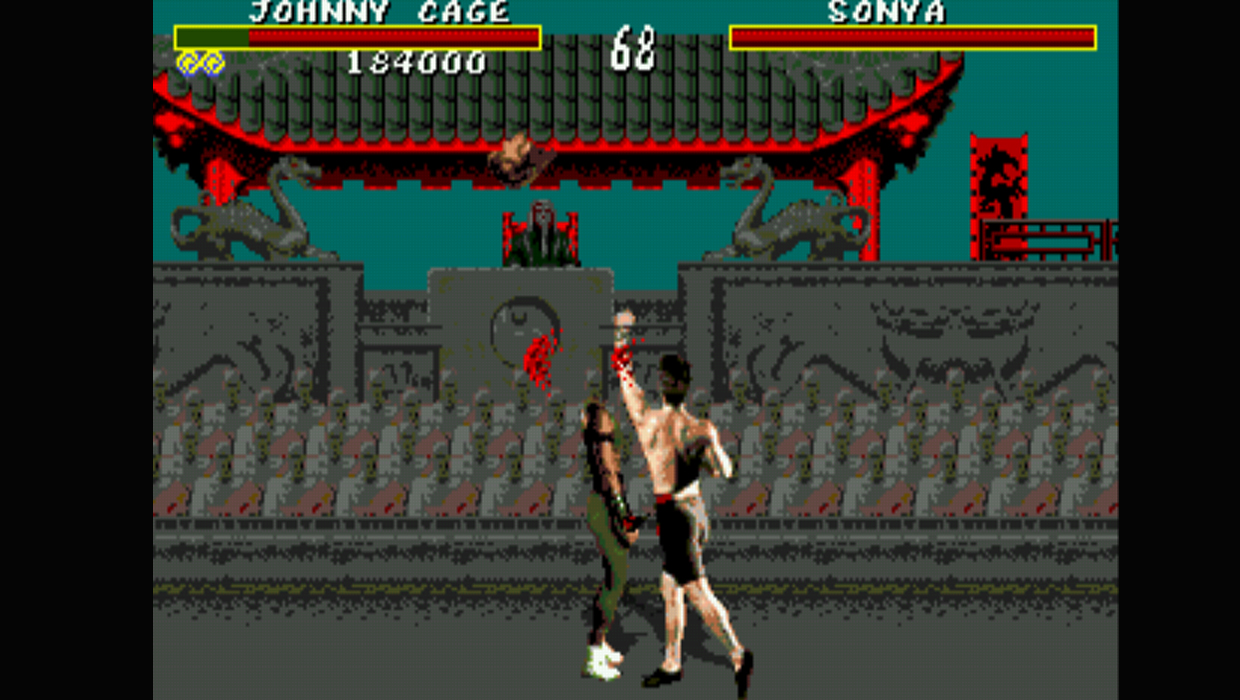
Has there ever been a more lop-sided multiplatform port than the original Mortal Kombat? While Super Nintendo owners tried to tout the larger sprites and slightly-more-accurate tunes, the completely neutered violence made the argument an easy one win for Genesis owners. Once you entered the iconic code (ABACABB!), all of the gory fatalities were just two wins and an awkward sequence of button press away. It took an entire year before Nintendo got its act together with the sequel, but until then Genesis fans had an instant argument winner in the form of Mortal Kombat.
Hearing Sonic's Spin Dash revving up
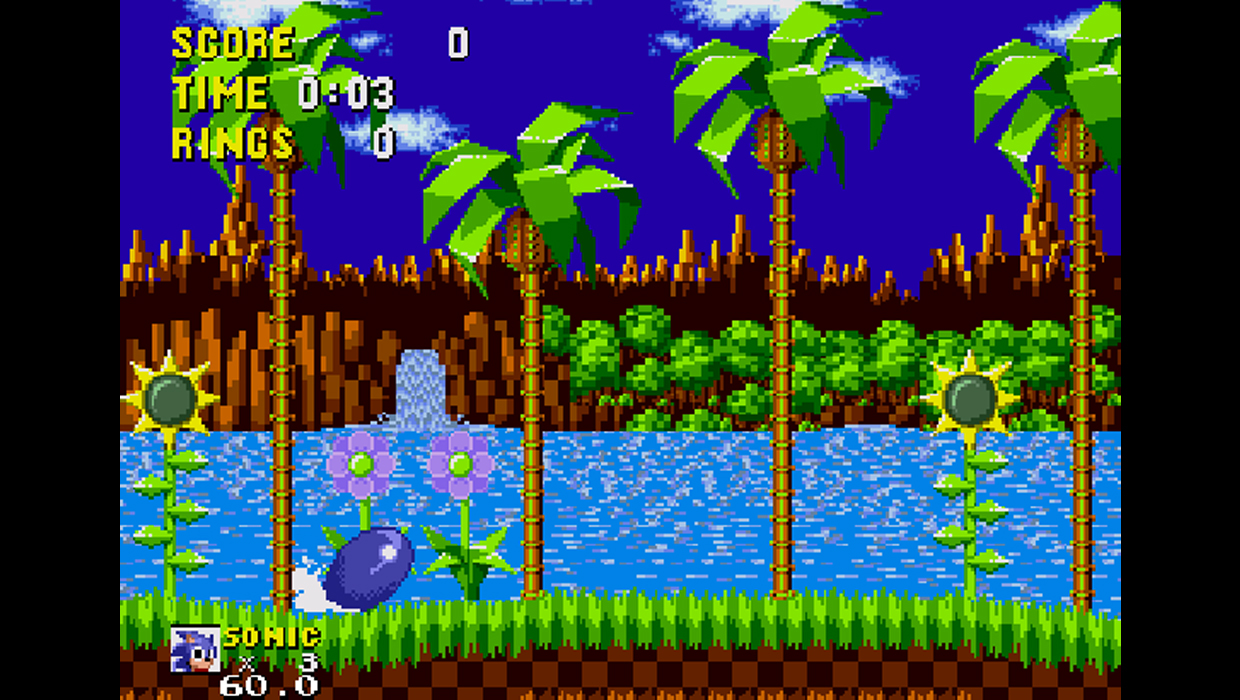
Everyone loves the original Sonic the Hedgehog (more on that later), and the Spin Dash that came with the Blue Blur's later releases might just be the most iconic of the franchises many top-notch sound effects. As much as Sonic fans love ring pickups, bumper-bouncing, the bwah of a shield powerup, and whatever that noise is when Sonic finds a bubble underwater, whenever I hear a Spin Dash start to rev, I know our hedgehog mascot is about to do what he does best; go really, really fast.
Preferring the hard, black plastic game cases to SNES's flimsy cardboar
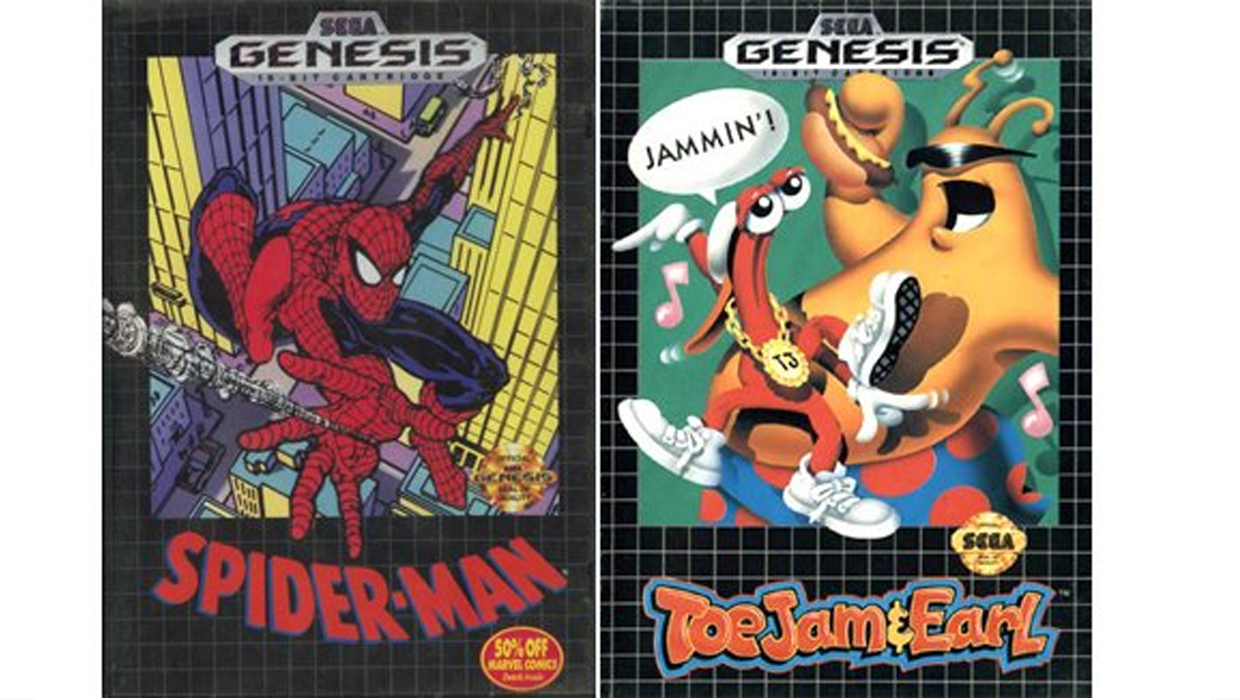
While there were a few early exceptions and an ill-advised jump to boxes near the end of the console's lifespan, the clamshell cases that came with many of the most popular Genesis games make collecting them way less of a hassle than the wimpy boxes Nintendo used for every single cartridge it published. Keeping an opened SNES box from getting crushed or creased is a very difficult feat, while you can stack those early Genesis games any way you wish, secure in the knowledge they won't be crushed and they'll open as easy as the box to your VHS copy of Wayne's World.
Thinking the 32X was next-gen
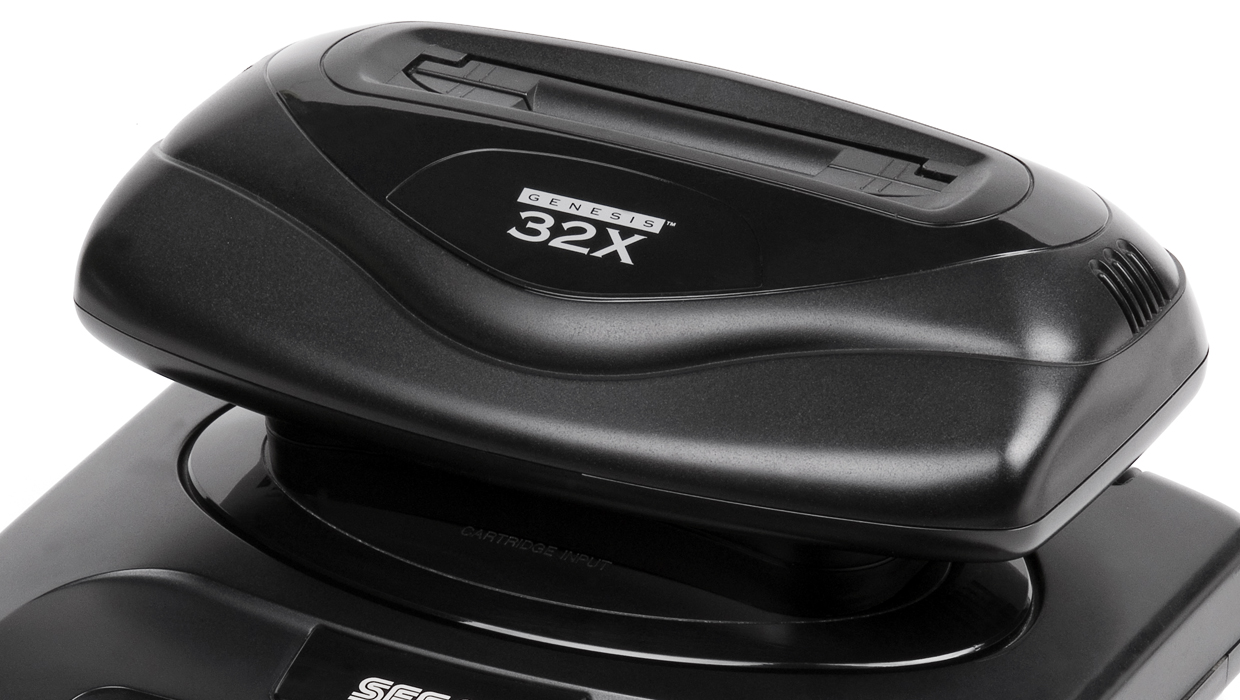
Okay, maybe the 32X was a dud, and maybe it caused a level of distrust that doomed the Saturn and Dreamcast to lose their respective console wars. But you can't deny that the brief period after Sega announced the Genesis' second add-on was the launching point for next-gen dreams back in the 16-bit era. And heck, for $160, there was enough to love, like a nearly arcade-perfect Virtua Fighter, the underrated Knuckles Chaotix, the most realistic Star Wars game consoles had seen to that point, and (arguably) the finest hummingbird-based shooter available. If only the games came in clamshell boxes.



